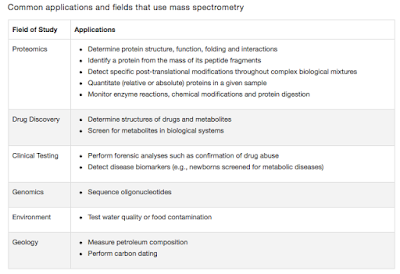CRISPR cas- Snap look
CRISPR cas system (Clustered regularly interspaced short palindromic repeats- CRISPR associated protein) is a topic that I have been writing about multiple times in this blog. Long ago I wrote a really basic post on CRISPR cas system, and since then the understanding and the technolgy has come a long way. I was recently discussing about CRISPR with a friend and though an update post would be interesting to readers.
In a previous post, I wrote about proteins that can block CRISPR. There are several arguments around this such as Phage possess anti CRISPR defense system, Phage can possess CRISPR system etc. The question becomes obvious that where did the CRISPR system develop first. Evolutionary origins can be a tough question to answer especially since there is a lot of genetic swapping between phages and bacteria and even between different bacteria. Further, there is some evidence that CRISPR genes are tough to keep and hence a lot of it is in loose and gain process. In theory, this is a chicken or egg problem for which origin cannot be confirmed with sufficient confidence.
 |
| Table 1: Classification of CRISPR-Cas systems. Source |
Coming to the classification, the system is classified into 2 classes, 5 types, and 19 subtypes in all. Class 1 CRISPR–Cas systems are defined by the presence of a multisubunit crRNA–effector complex. In contrast, Class 2 contains only a single protein. Class VI is the most recent addition, the only one that can cut the RNA. Type IV is a putative system and there is significant lack of details. A brief classification is shown in Table 1. It is not clear, as how many types of CRISPR are actually there in the prokaryotic world, since there is a huge lack of sequence in bacterial population. CRISPR-Cas systems has been demonstrated in about 40% of eubacteria and 80% of archaea which is known. There is a perfect possibilty that there is something similar to CRISPR and we have not yet figured it out. Till I recently read an article by Heidi Ledford, I wasn't aware that there is some evidence that CRISPR is also important for pathogenesis at least in a few cases. There are a couple of possible explanations in the article. But what is striking is the idea that CRISPR is not just a defense system. It has more to it.
Makarova K, Wolf Y, Alkhnbashi O, Costa F, Shah S, Saunders S et al. An updated evolutionary classification of CRISPR–Cas systems. Nature Reviews Microbiology. 2015;13(11):722-736.
Savitskaya E, Musharova O, Severinov K. Diversity of CRISPR-Cas-mediated mechanisms of adaptive immunity in prokaryotes and their application in biotechnology. Biochemistry. 2016;81(7):653-661.
Ledford H. Five big mysteries about CRISPR’s origins. Nature. 2017;541(7637):280-282.





Comments
Post a Comment